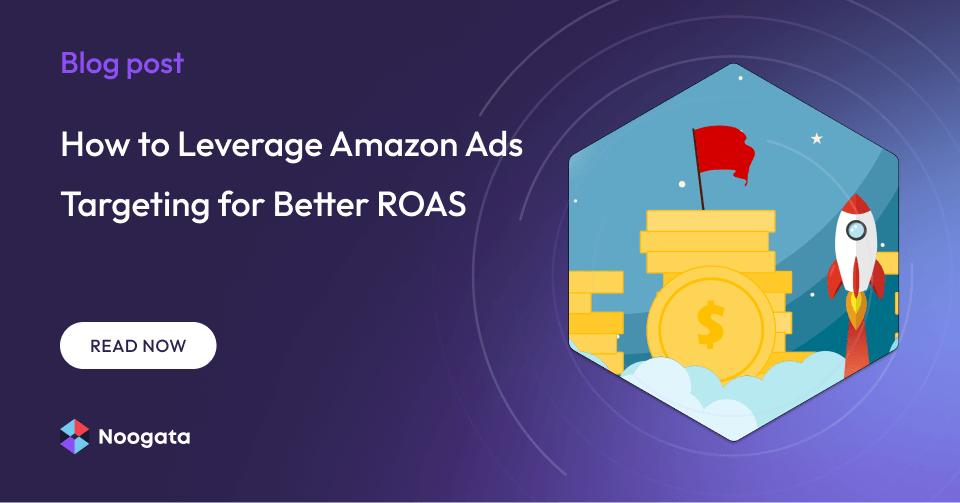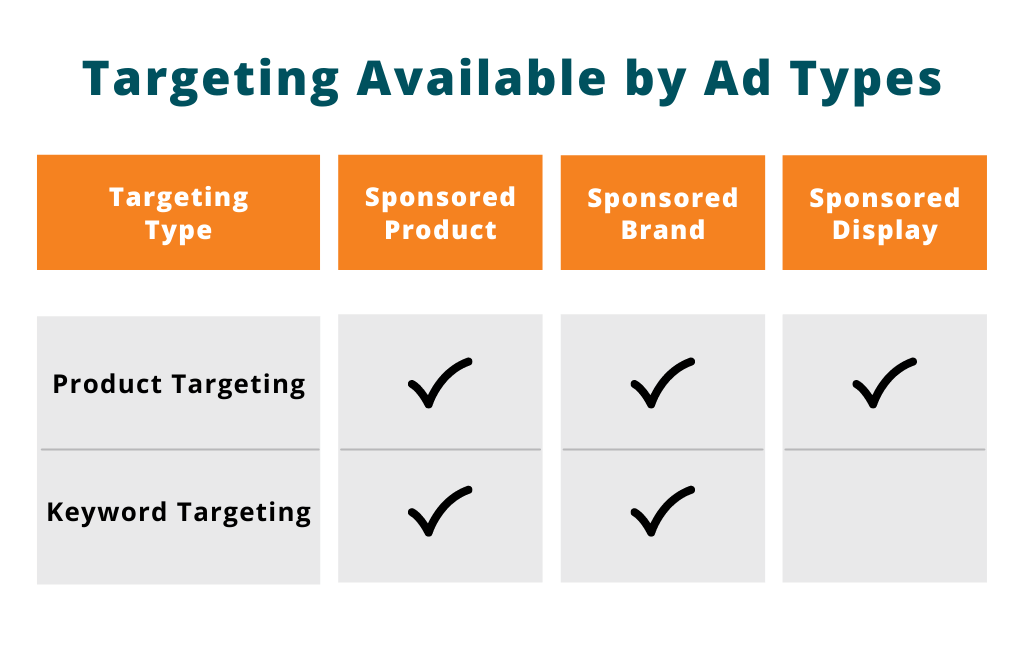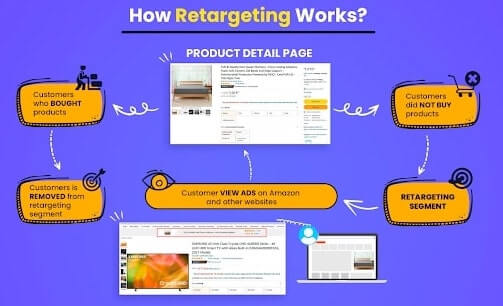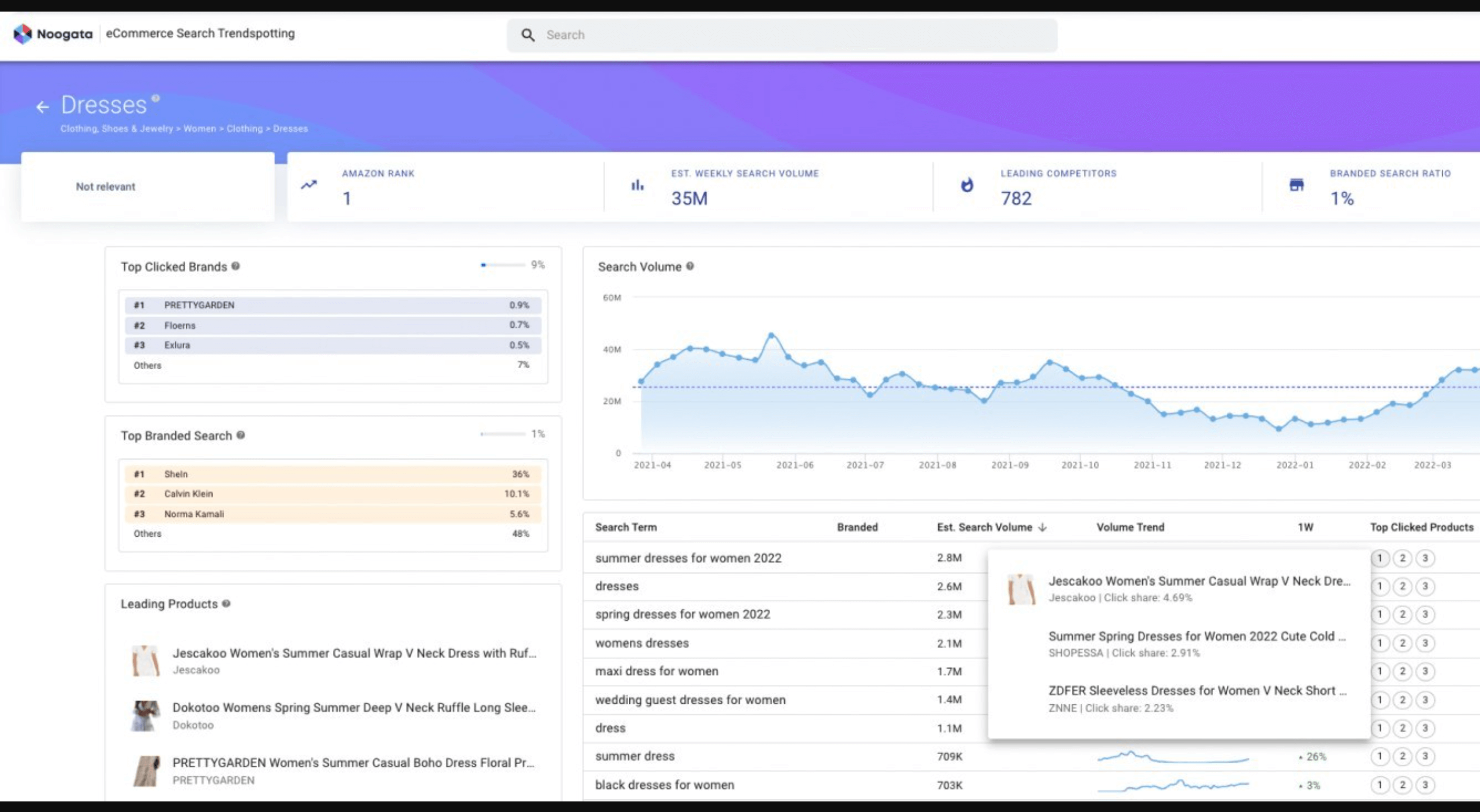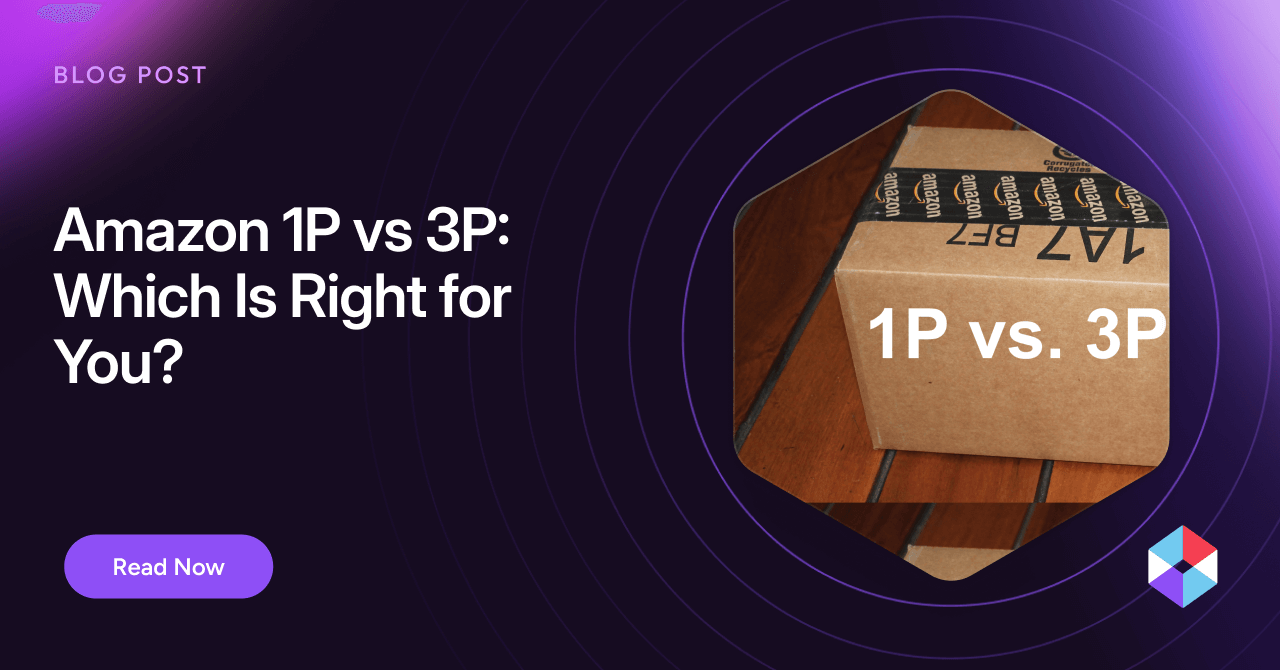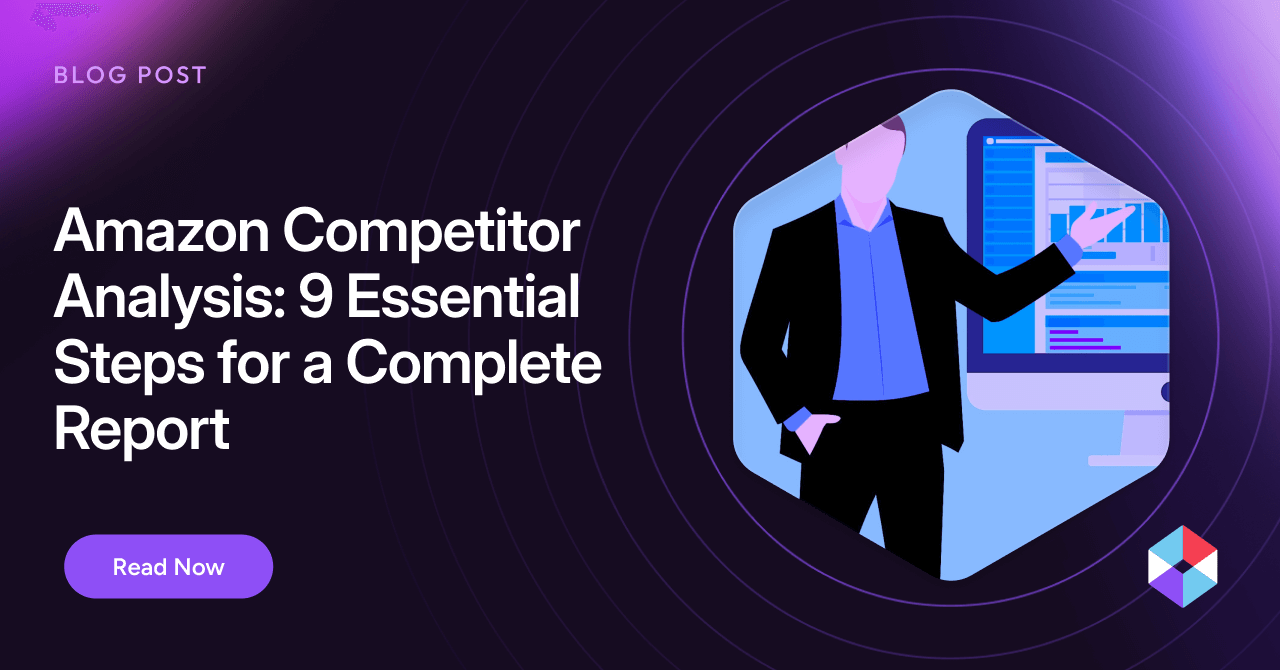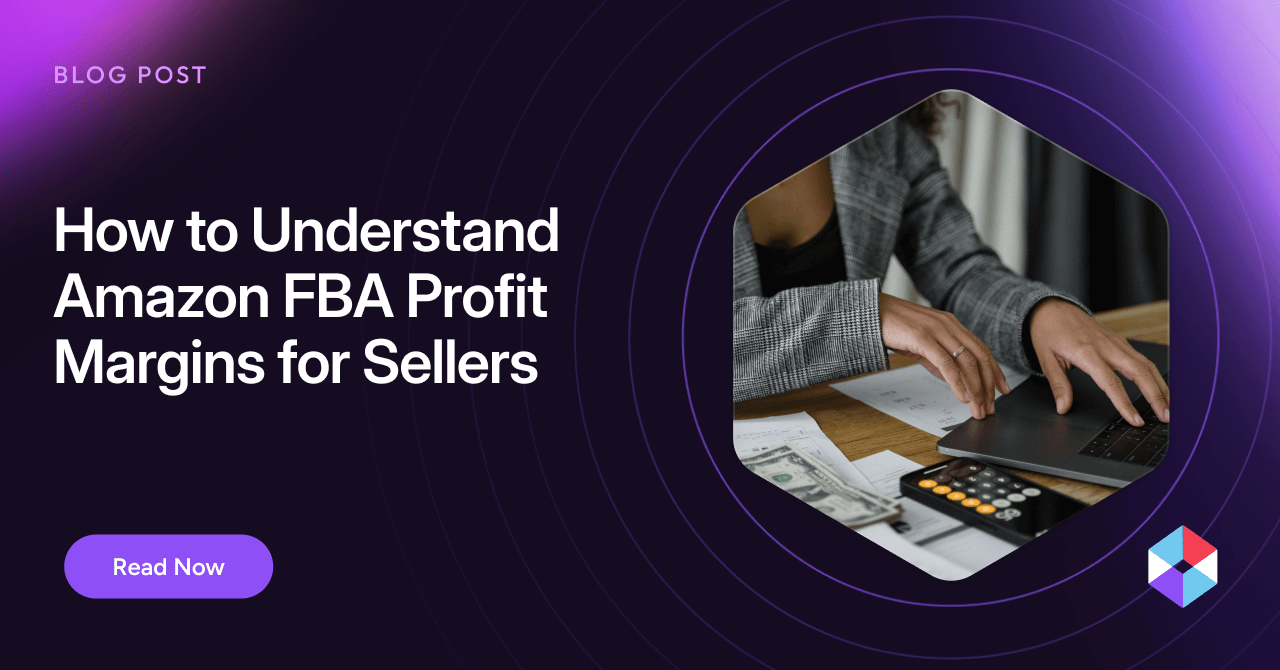Amazon stands unrivaled in online retail, as evidenced by its $514 billion total net sales in 2022. For eCommerce teams guiding expansive product portfolios in this environment, the challenges are evident–there’s enormous potential in the marketplace, but the competition is equally immense.
Amazon Ads play a pivotal role in helping your brand to outflank the competition. Consider this compelling fact: while many e-commerce platforms wrestle with conversion rates hovering around 1.33%, Amazon Ads showcases a remarkable PPC conversion rate of 9.89%. This suggests that visitors coming through Amazon Ads are not just browsing; they are keen and ready to purchase.
But Amazon PPC is not just about reaching vast audiences; it’s about connecting with the right audience segments to boost Return on Advertising Spend (ROAS), a crucial metric for evaluating advertising campaign success. This post will equip you with actionable insights to leverage Amazon Ads targeting options more effectively to improve your ROAS.
Understanding Amazon Ads
Successfully navigating Amazon necessitates a deep understanding of its powerful advertising suite, Amazon Ads (aka Amazon PPC). Utilizing this toolset can give brands a significant advantage, enabling them to strategically place their products where potential buyers are most likely to find them and optimize visibility in a highly competitive market.
Developing marketing strategies to engage distinct audience segments, based on their purchasing behaviors and preferences, can enhance conversion rates and, consequently, escalate the Return on Advertising Spend (ROAS).
Amazon offers advertisers a variety of ad types to align with different marketing objectives. The main three ad categories are:
1. Sponsored Products
Cost-per-click (CPC) ads that promote individual product listings, prominently featured in search results and product pages.
2. Sponsored Brands
Ads that are designed to increase brand visibility, displaying a collection of products within a single ad.
3. Sponsored Display
Targets users both on and off Amazon, aiming to re-engage those who have previously visited your product pages but did not make a purchase.
Amazon’s ad auction and ranking system is an essential aspect of maximizing ad efficiency. This system functions on a real-time bidding platform where advertisers compete for ad space. The ad placement is determined by a combination of the bid amount and the relevance score.
Enhancing ROAS through Strategic Targeting
Return on Advertising Spend (ROAS) is a key metric in eCommerce. It measures how much you earn from every dollar you spend on advertising. By comparing the money made from ads to the money spent on them, eCommerce teams can quickly gauge the effectiveness of their campaigns.
To calculate ROAS, you divide the total revenue generated from your advertising campaigns by the total amount spent on those campaigns. The resulting number clearly indicates the advertising efforts’ profitability, and is usually expressed as a ratio. For instance, a ROAS of 5:1 means that for every $1 spent on advertising, $5 is generated in revenue.
While determining ROAS is easy, assessing ROAS is much more nuanced, drawing from metrics such as Cost Per Click (CPC), Click-Through Rates (CTR), Conversion Rates, and advanced analytics you’d find in a multichannel eCommerce platform like Noogata. CDOs and CMOs keenly monitor these parameters, balancing them adeptly to elevate a campaign’s ROAS.
Adopting a data-driven approach across multiple ad campaign management areas is the key to leveraging Amazon Ads targeting to boost ROAS. Here’s how to do it right—and with AI-powered help from Noogata.
Tips to Leverage Amazon Ads Targeting Options for Better ROAS
1. Keyword Targeting
Amazon Ads has three keyword targeting options:
Exact Match
This strategy involves targeting users who type the exact keyword or phrase into the search bar, providing a more focused approach to reaching potential customers. Develop a list of high-performing keywords by analyzing historical campaign data to understand which keywords have resulted in the best ROAS. You can also leverage Noogata’s Search Trendspotting feature to pinpoint evolving keyword trends and dynamically adapt your strategies accordingly.
Phrase Match
This option expands your reach by also including searches that have your keywords in a phrase, alongside other words. Combine phrase match keywords with compelling ad copy to engage potential customers exploring similar products. Use keyword research with Noogata’s Perfect Content to identify high-performing phrase matches and refine your keyword strategies.
Broad Match
To cater to a larger audience, you can showcase your ads for searches that include synonyms or related phrases to your keywords. Regularly analyze the performance of your broad match keywords to identify opportunities for refining your keyword pool and avoiding wasted ad spend. Harness the insights from the Noogata’s Digital Shelf feature to understand wider market trends, allowing you to adapt your broad match strategies.
2. Product Targeting
This targeting strategy allows your ads to appear on specific product pages or categories within the Amazon platform. To increase ROAS, identify high-margin products in your portfolio and focus your advertising strategies on these products to maximize profitability. Utilize Noogata’s Digital Shelf feature to conduct competitive analysis, helping to refine product targeting strategies based on real-time market trends.
3. Interest Targeting
Also known as behavioral or lifestyle targeting, this option allows advertisers to reach customers based on their shopping behaviors, interests, and lifestyle categories defined by Amazon. Regularly conduct surveys or utilize social listening tools to identify evolving interests and preferences in your target market. You can use Noogata’s Ad Booster to analyze granular interest data, helping to craft ads that resonate with specific audience segments based on their demonstrated interests.
4. Audience Targeting (Remarketing)
This targeting option allows you to strategically display their advertisements to specific groups of Amazon users based on various criteria such as their shopping behaviors, past purchase history, and demographic details. The remarketing feature lets you retarget users who have previously interacted with their brand or products on Amazon.
To boost your ROAS this way, develop personalized remarketing strategies, such as crafting customized email campaigns or using dynamic ads to re-engage users who have shown interest in your products. Use Perfect Content to create remarketing campaigns that resonate with individuals based on their previous interactions with your brand, enhancing conversion rates.
5. Optimizing Bids for Better ROAS
Implement a systematic approach to bid management where you analyze the performance of various bid strategies and continuously refine them based on evolving campaign dynamics. Employ the insights from Ad Booster to optimize bids for keywords with a high-performing ROAS score, aligning your bidding strategies with real-time market dynamics.
6. Utilizing Negative Keywords Effectively
Negative keywords are words or phrases that advertisers use to prevent their ads from appearing in search results for irrelevant or unrelated searches. This helps to focus the ad campaign on the most relevant audience, potentially saving costs and increasing ROAS. Set aside time weekly to review your keyword lists and identify negative keywords. Use the Digital Shelf feature for continuous monitoring and adjustment, helping to optimize your negative keyword strategies based on market insights.
7. Structure Campaigns and Ad Groups Effectively
Develop structured campaign blueprints that clearly delineate product categories and audience segments, facilitating more granular tracking and optimization. Utilize insights from Noogata’s Amazon AI Assistant to effectively organize your campaigns and segregate products into relevant ad groups, enhancing tracking and optimization capabilities.
8. Leverage Amazon Analytics and Reporting Tools
To sustain and enhance your foothold in the marketplace, adopting a dual approach of utilizing Amazon’s native analytics and incorporating insights from AI-powered eCommerce competitive intelligence platforms is essential.
Using Amazon Analytics
Amazon offers sellers a host of analytics and reporting tools, aiding them in understanding various campaign metrics deeply. These tools facilitate detailed analysis of metrics such as click-through rates, impressions, and average cost per click, providing a comprehensive view of your campaign’s performance. Sellers should adeptly use these analytics to track their campaigns closely, adjusting strategies based on the insights gained to improve ROAS continuously.
Utilizing Noogata
While Amazon’s analytics offer substantial insights, integrating an AI analytics tool like Noogata can give you an advantage to outperform the competition. Noogata’s Amazon AI Assistant extends capabilities far beyond what’s available on Amazon. It not only aids in drawing richer insights from the available data but also provides deep market intelligence, trend analysis, and predictive analytics. Noogata leverages AI to help you uncover hidden patterns and trends, facilitating strategies more aligned with market dynamics and customer preferences.
By leveraging Amazon’s analytics and third-party platforms like Noogata, eCommerce teams managing brands at scale can cultivate a deeper understanding of the marketplace’s dynamics. This integrative approach allows for more nuanced strategies, fostering improved decision-making and a significantly enhanced ROAS.
Achieve Better Amazon Ads Targeting and ROAS with AI
For successful Amazon advertisers, achieving a continually improved ROAS is not just a goal, but a necessity. The journey doesn’t end at the launch of an Amazon Ads campaign; it evolves with persistent optimization to meet and surpass the ever-changing market dynamics.
Harnessing the power of data analytics and AI emerges as a linchpin in this endeavor, bringing about innovative strategies and sharper insights. Noogata’s platform offers unprecedented capabilities to transform how eCommerce businesses operate and succeed. By utilizing Noogata’s innovative features, it’s easier for sellers to win on Amazon and significantly enhance their ROAS, securing a formidable position for their products in search rankings.
Try a free demo today to see how Noogata can revolutionize your Amazon Ads strategies and outcomes.
